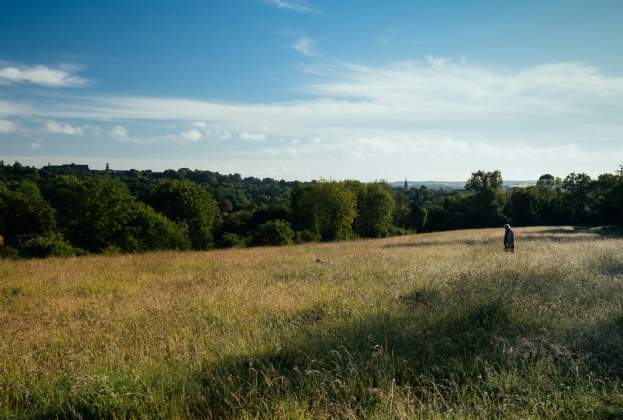Thursday 14 September 2017 marks the 10th anniversary of Northern Rock's collapse, with the reverberations still being felt in the housing market.
In April 2014, almost seven years after the collapse, the Bank of England introduced mortgage regulation to ensure that such an event would not be repeated in the future. At the time regulation was introduced, the biggest area of concern would have been the runaway London market. Annual price growth had reached 18 per cent and values were 26 per cent above their pre-Northern Rock high.
It has taken some time for that mortgage regulation to slow the market. Indeed, since it was introduced, inflation-busting price growth in the capital means values have risen by a further 28 per cent.
But they now appear to be hitting up against the limits of what prospective buyers are able to borrow. The evidence is that constraints on borrowing are substantially compounding the sobering effect of underlying political and economic uncertainty which are impacting many other parts of the UK market.
The constraints are not just confined to first-time buyers. Home-owning households using a mortgage to trade up the capital’s housing ladder now have average household incomes of over £90,000 and are borrowing just over four times that income.
Fewer households are able or willing to make that next move: more are sitting tight. The number of mortgaged home-movers in London has fallen by 24 per cent in three years and, at 29,000 in the year to the end of June, is only 36 per cent of the level seen prior to the credit crunch.
As a consequence, the London market has quickly become much more price sensitive. Annual rates of house price growth have slowed from 12.7 per cent in the year to the end of June 2016 to just 1.7 per cent in the year to the end of June this year.
Further information
Read more: Spotlight: The Global Financial Crisis
(1).jpg)
.png)
.jpg)
.jpg)




(1).jpg)
.jpg)
